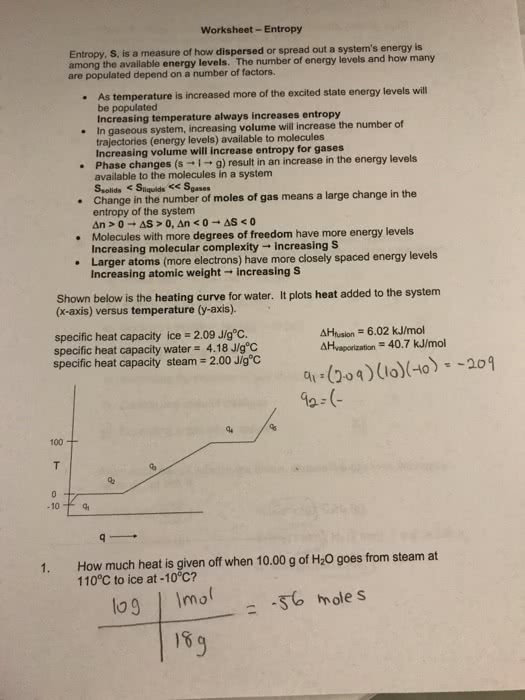CHEM 1A03 Chapter Notes - Chapter Unit 8 Module 2: Heat Capacity, Intermolecular Force, Hydrogen Bond

35
CHEM 1A03 Full Course Notes
Verified Note
35 documents
Document Summary
We can think of heat capacity of a system as its ability to resist temperature change when energy is added to, or removed from, the system. Temperature change comes from the translation of molecules when energy is added it is a measure of kinetic energy. Water can resist translation because of the strong intermolecular forces hydrogen bonding: this is why water has such a strong heat capacity. The more complex a molecule is, the more internal degrees of freedom it has, and generally, the higher its specific heat capacity. Molar heat capacity is similar to specific heat (cid:272)apa(cid:272)it(cid:455), (cid:271)ut defi(cid:374)es the (cid:862)s(cid:455)ste(cid:373)(cid:863) as 1 (cid:373)ol of (cid:373)ate(cid:396)ial. Qrxn the quantity of heat exchanged between a system and its surroundings when a chemical reaction occurs within the system at constant temperature. When a reaction is carried out at constant temperature: If qrxn is negative reaction releases heat = exothermic. If qrxn is positive the reaction absorbs heat = endothermic.





